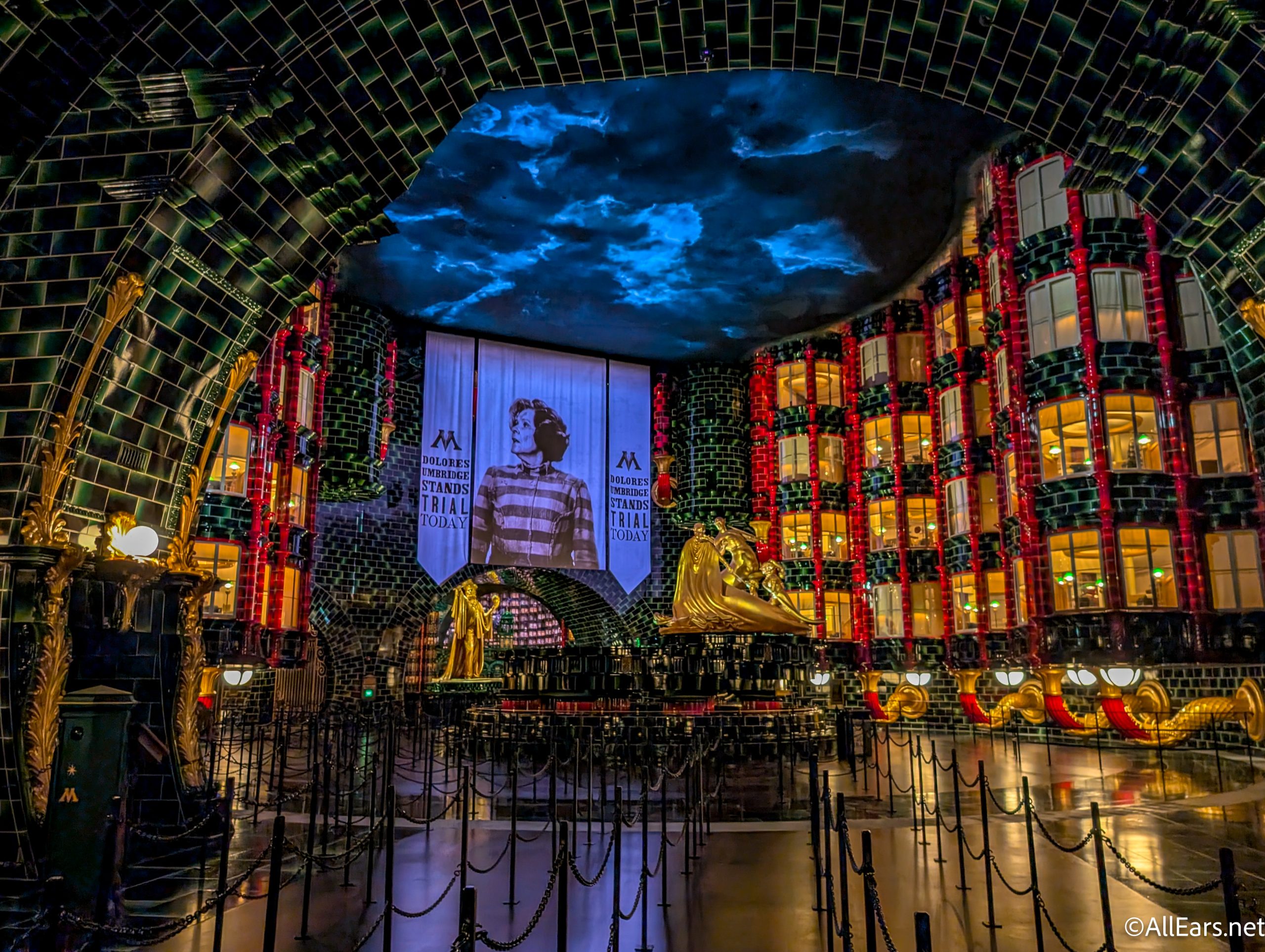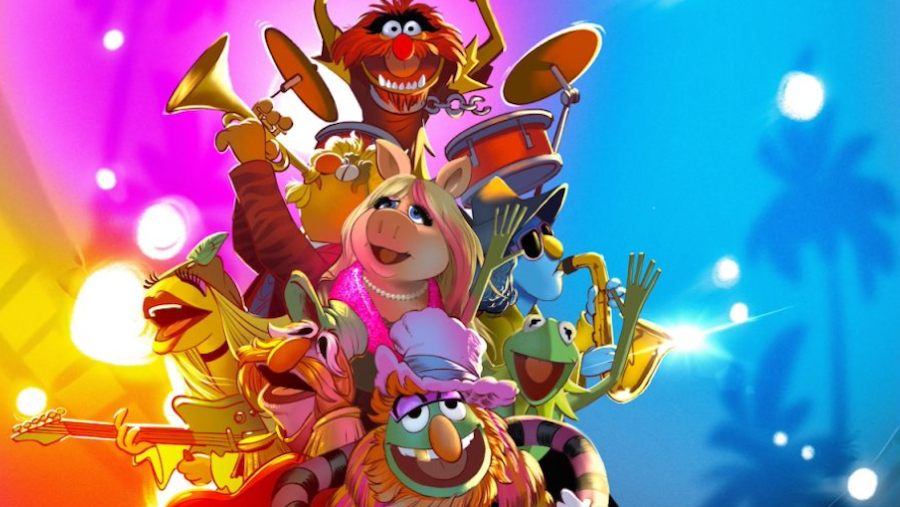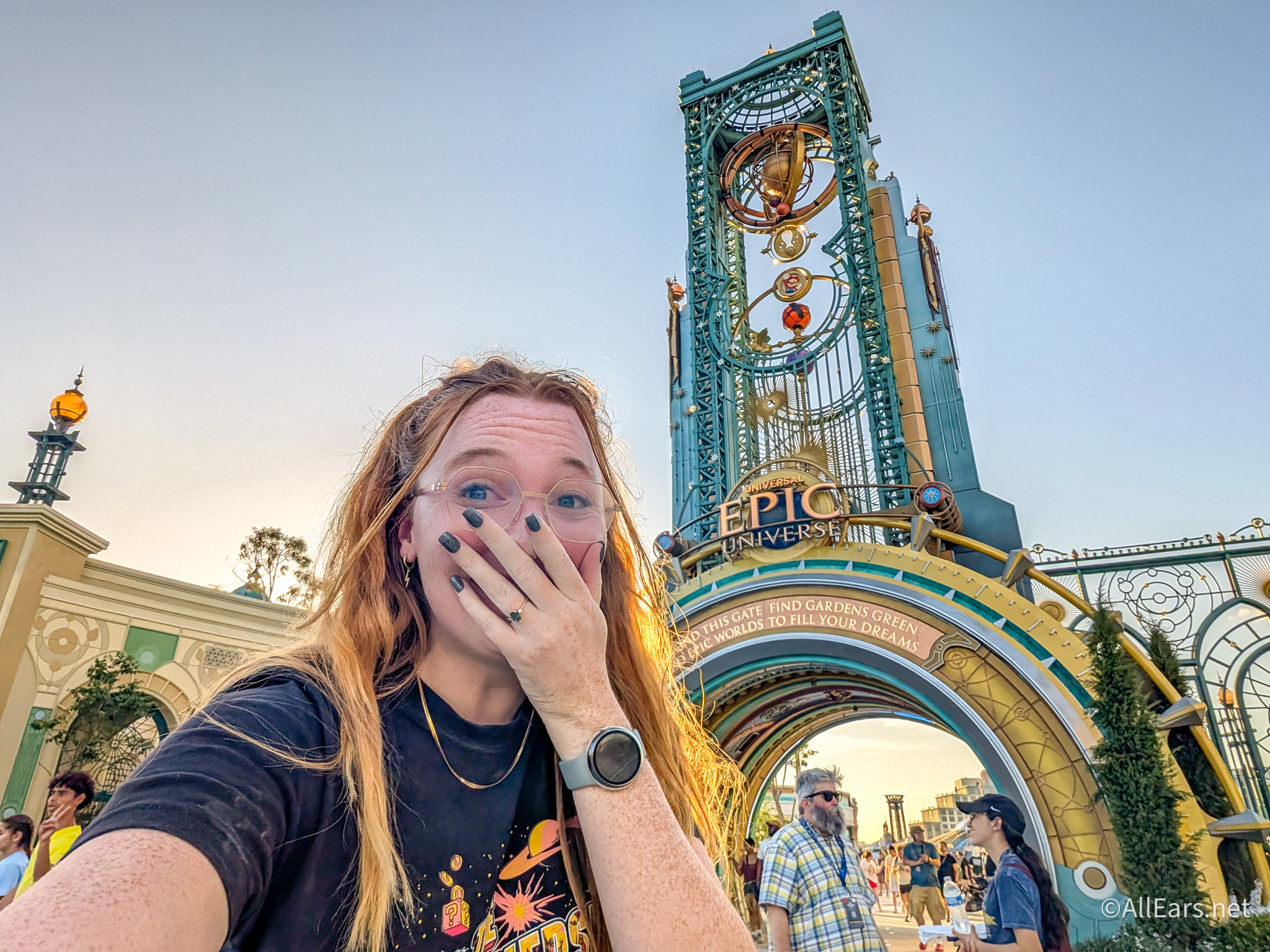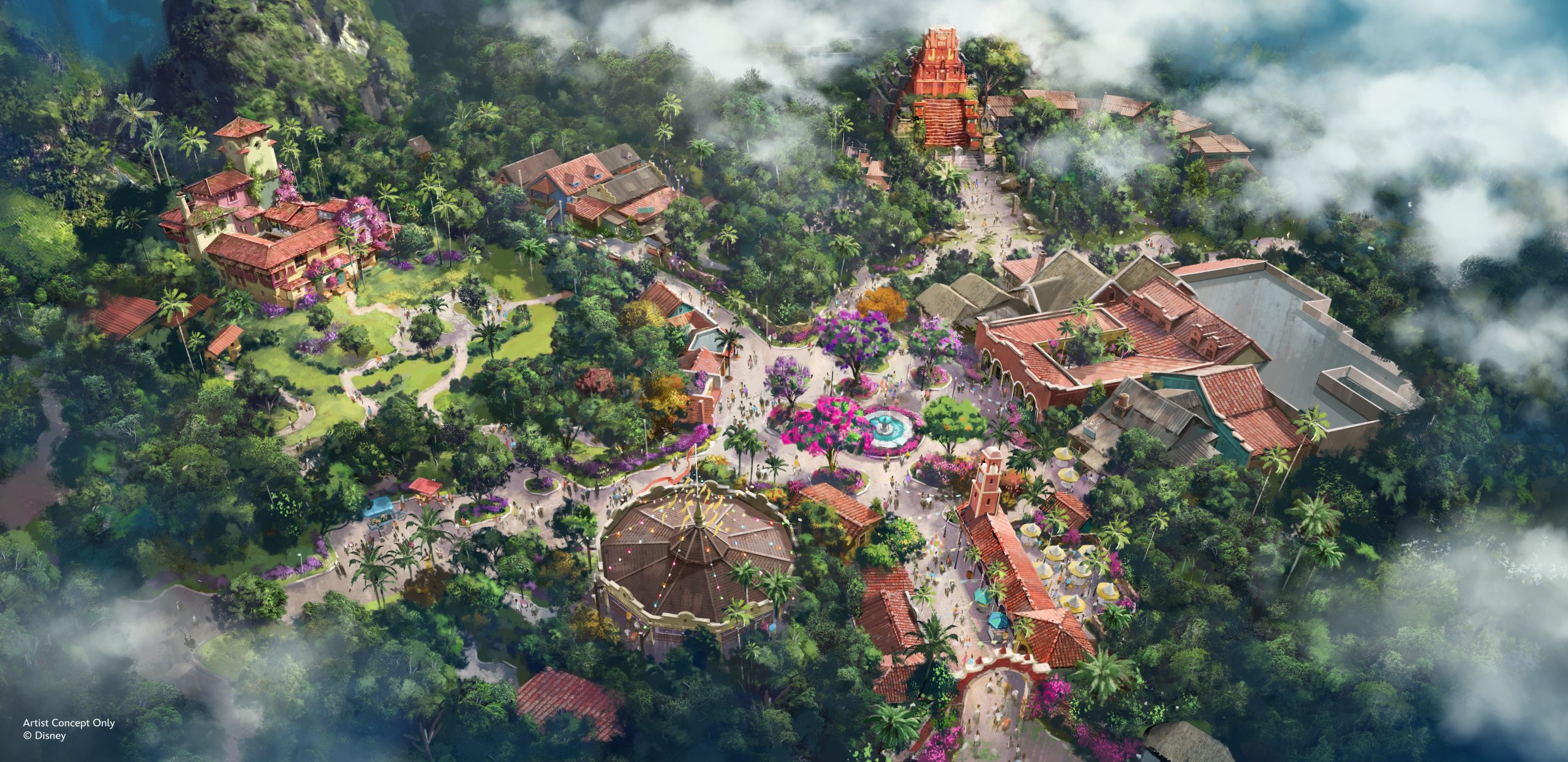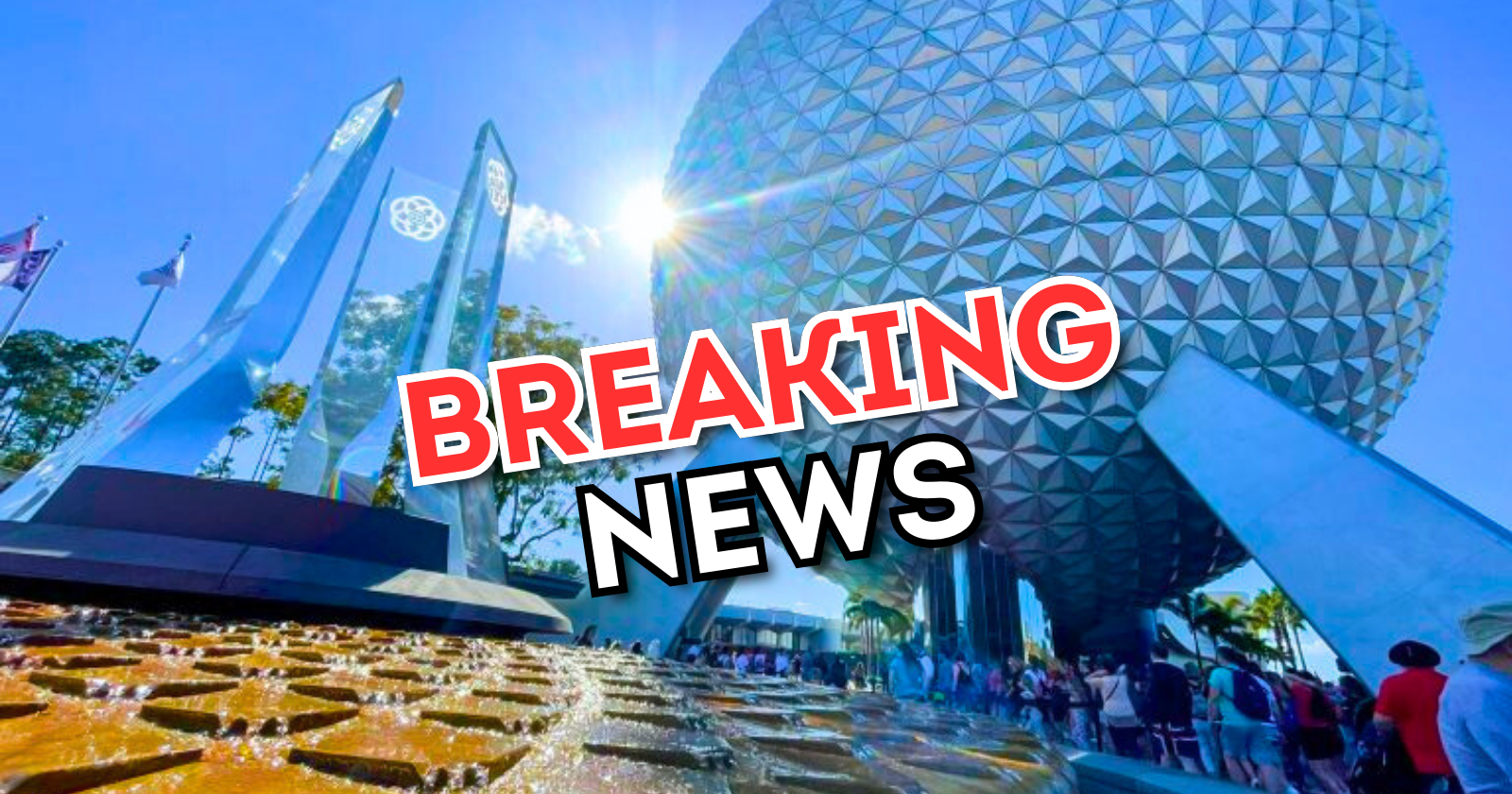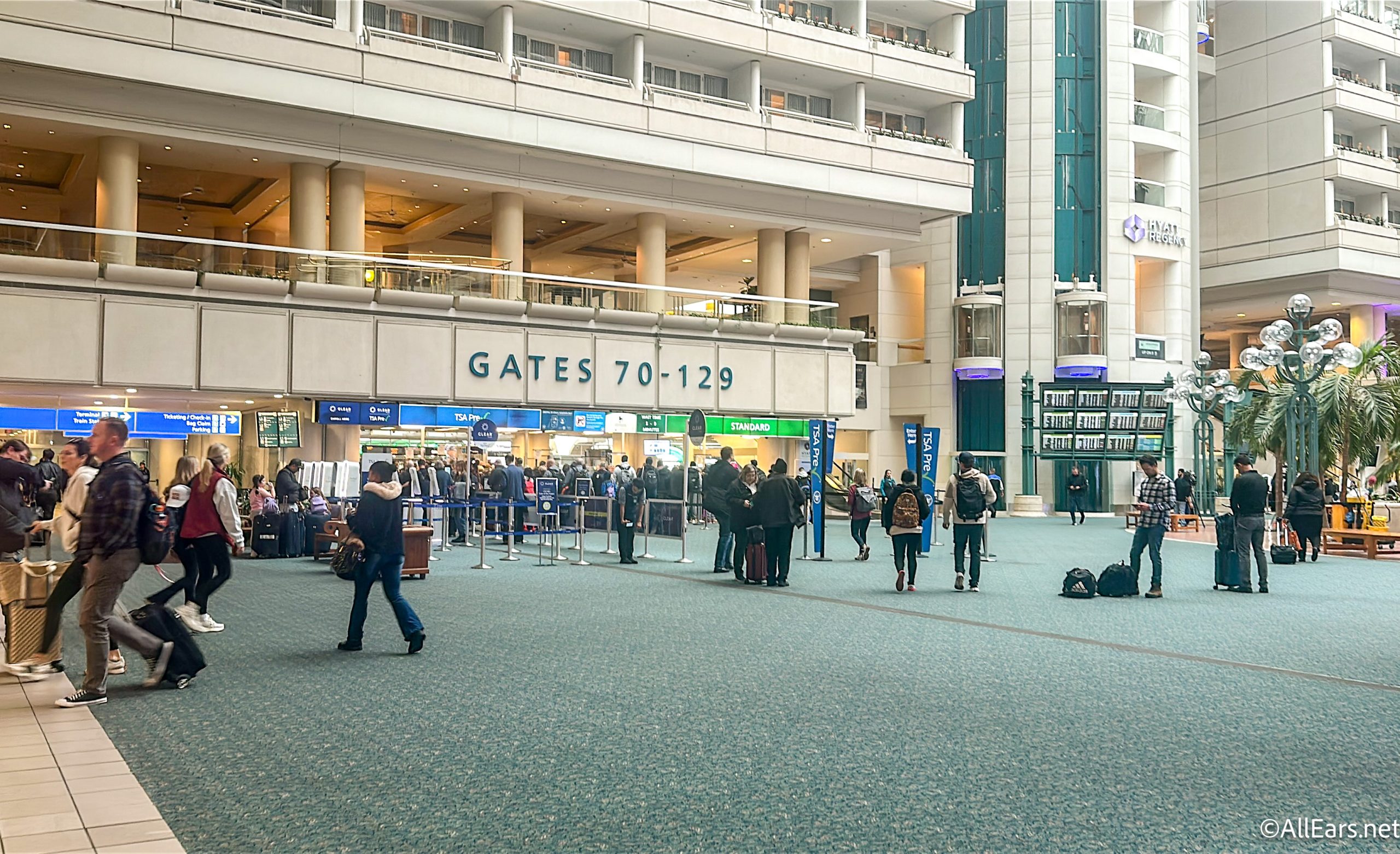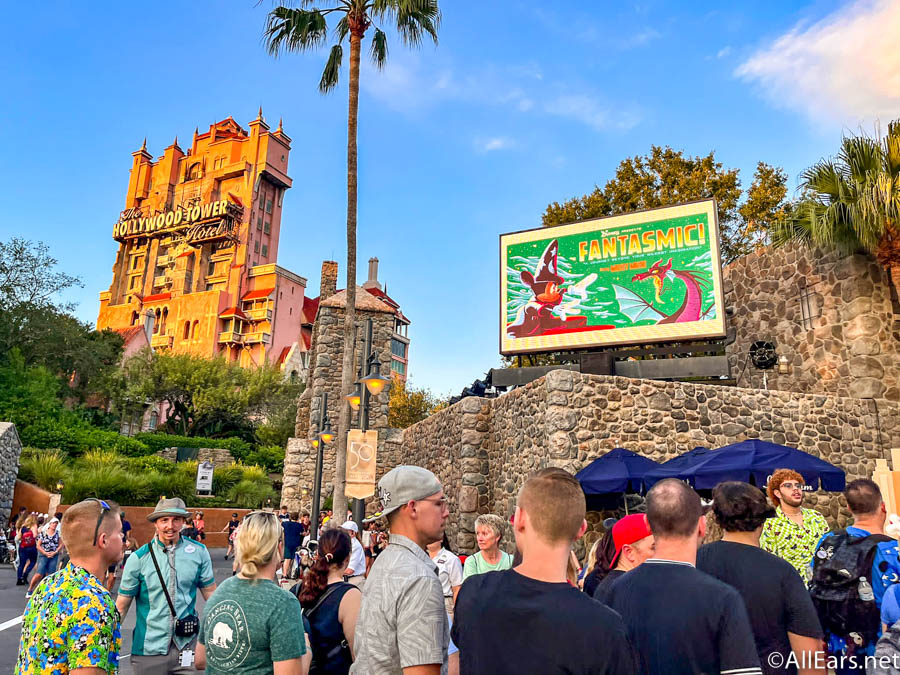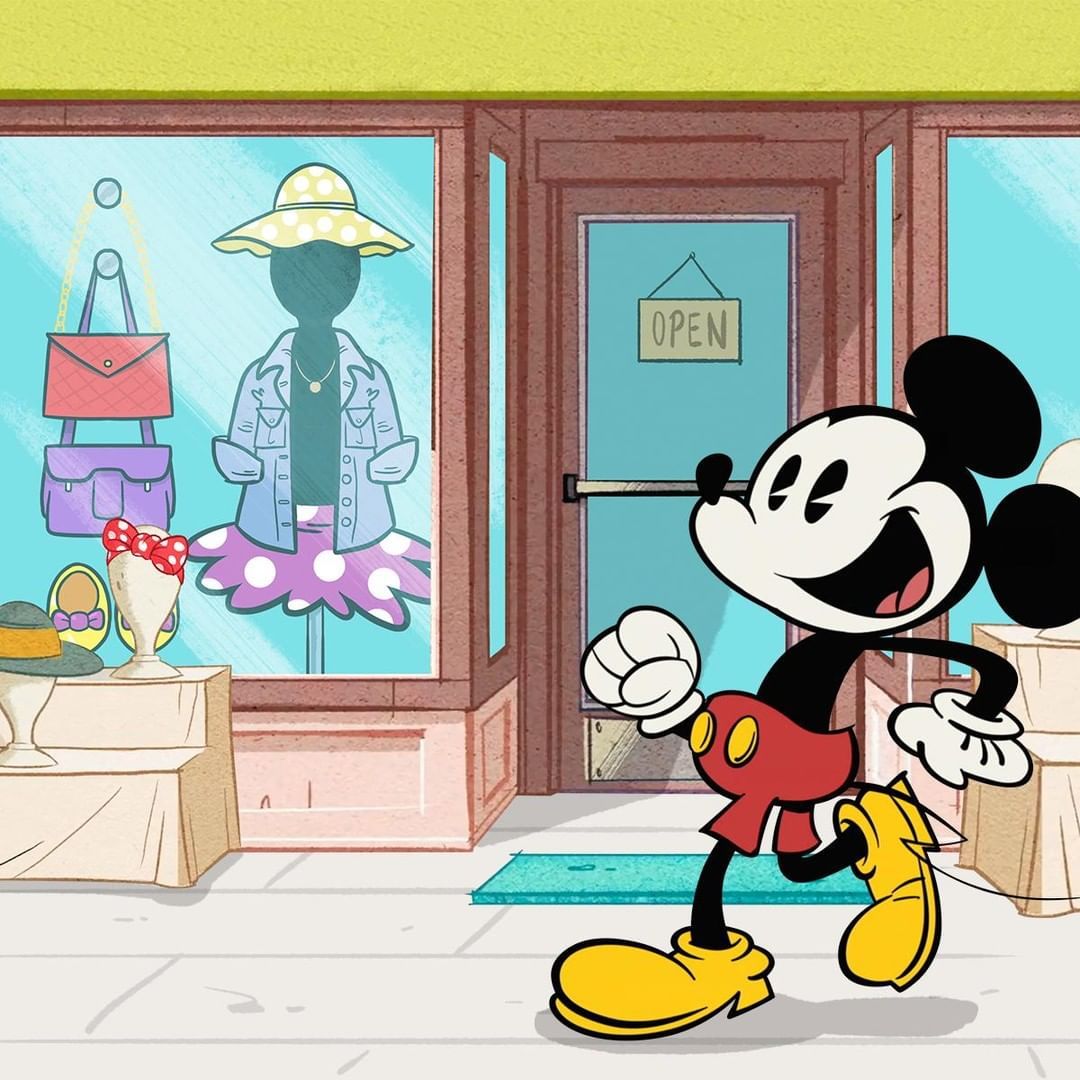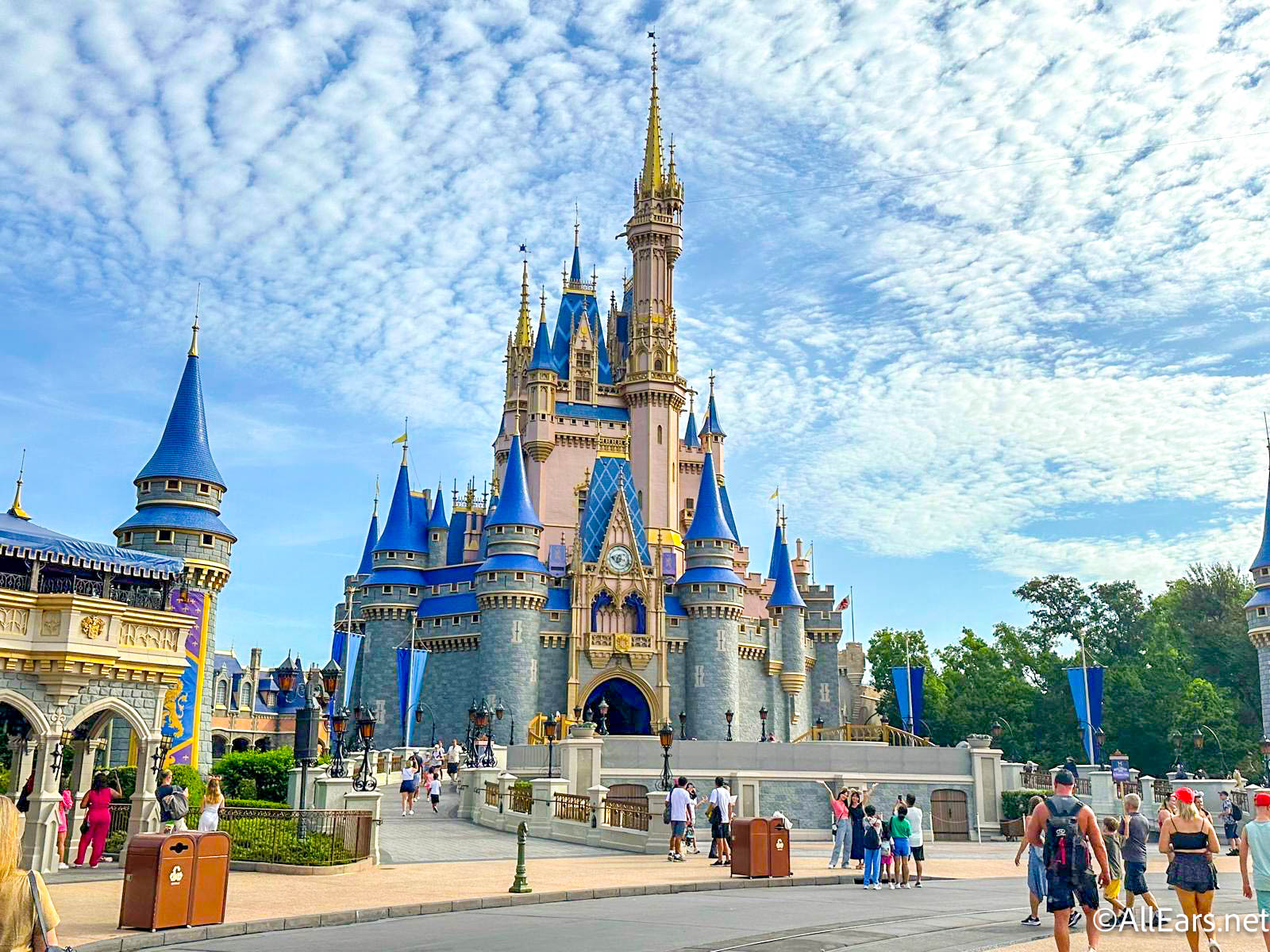Step Back: Tomorrowland
by
Joan Feder
Feature Article
This article appeared in the August 25, 2020 (#1093) edition of ALL EARS®
Editor’s Note: This story/information was accurate when it was published. Please be sure to confirm all current rates, information and other details before planning your trip.
Step Back – September 2020
Join us on our monthly journey into the past as we explore the history of Walt Disney World and the Walt Disney Company. This time we look back to September 1966 when a fan favorite, the Flying Saucers, closed at Disneyland.
The original version of Tomorrowland opened with the rest of Disneyland on July 17, 1955. Due to budget cuts its ride offerings were slim. One attraction, the Tomorrowland Boats (later called the Phantom Boats), was a disaster. It closed after only one year in operation.
In 1960, Walt decided to replace the Phantom Boats with a “duck bump” attraction. Popular in the Midwest, this water ride featured a large inner tube that had a moving motor in its center. Guests could pilot these boats around a pond. But this concept did not really fit into the theme of Tomorrowland.
After some consideration, it was decided to head in a more futuristic direction. Disney combined the cutting-edge technology of hovercrafts with the public’s obsession with science fiction. Voila—an attraction with hovering spaceships!
On August 6, 1961, the Flying Saucers debuted to great fanfare. They were billed as “the bumper cars of the future” because riders could use the vehicles to ram each other’s saucers. Guests on the maiden voyage included Pluto, a space man, a space woman, and a couple of U.S. Marine jet pilots.
The attraction was enormous, taking up 16,000 square feet of Tomorrowland. The oval arena was divided in half by a loading platform. There were two sets of 16 saucers on each half. One set loaded while the other was in motion.
The saucers floated on a cushion of air like overgrown pucks on a giant air hockey table. The ride lasted about 2 minutes. After the guests exited, a giant arm would sweep the empty saucers back to the loading area, while releasing a new crop of pilots into the arena.
Adults each got their own pod, while smaller kids could share. Riders climbed into the saucer and held onto round handles on either side of the seat. The saucers were steered by guests shifting their weight. The pods moved in whatever direction the riders leaned.
The Flying Saucers were extremely popular. Almost 1 million guests rode them each year that they were in operation.
Yet, the attraction was fraught with problems. The saucers were constantly breaking down and were expensive to operate. The ride also had a limited capacity. With only 64 saucers, there were long waits for an extremely short experience. Additionally, many guests could not enjoy the ride due to their weight. Smaller kids that were too light would just bounce up and down in place, while larger guests didn’t float enough to move around.
The Flying Saucers closed on September 5, 1966. When the area reopened in 1967, the Tomorrowland Stage stood in its place. Almost 20 years later, it became part of the Space Mountain queue, which still fills that spot today.

